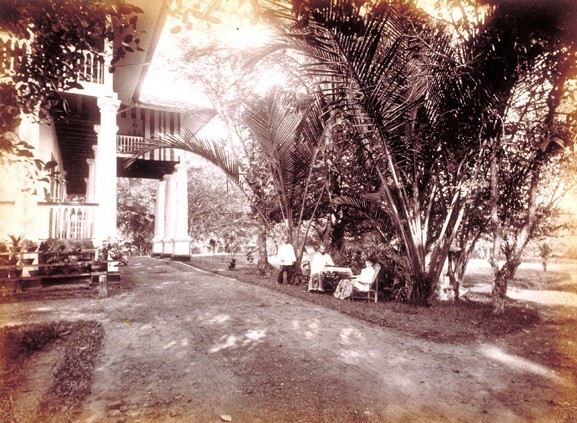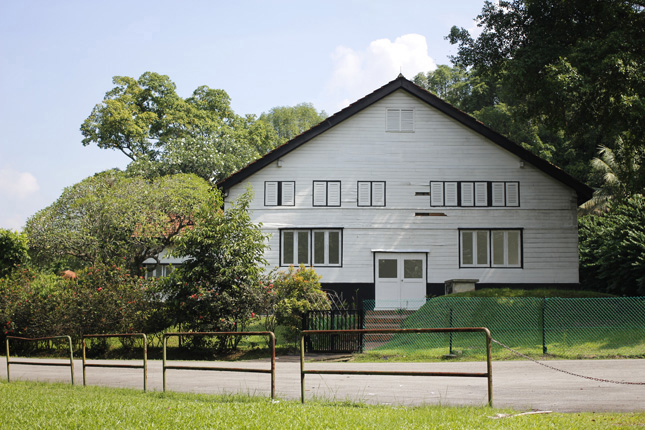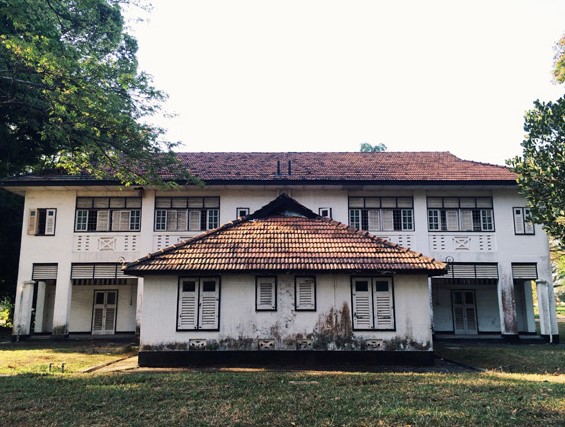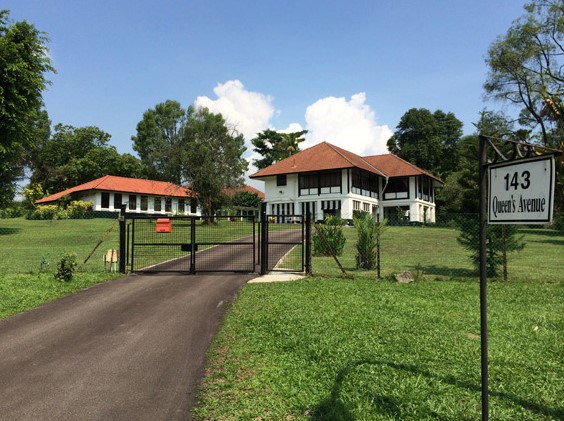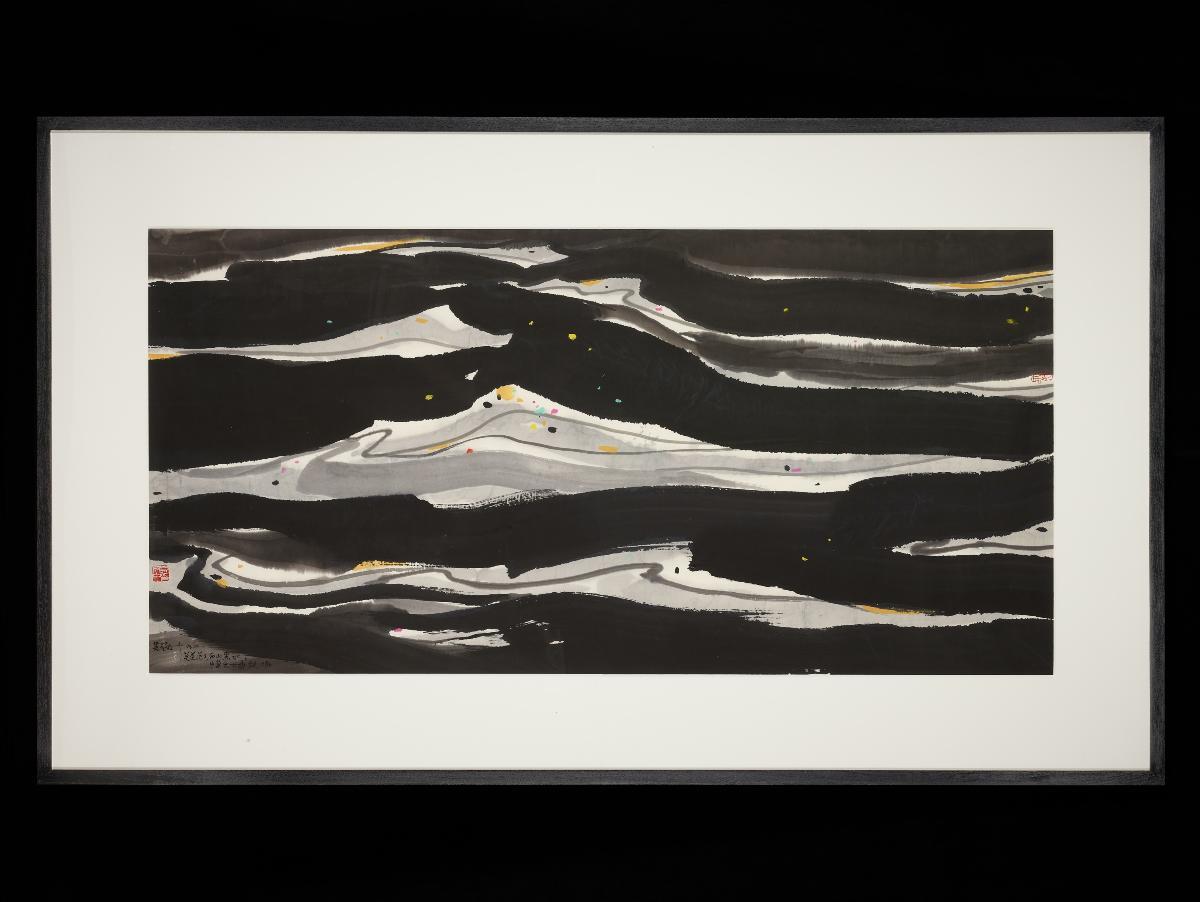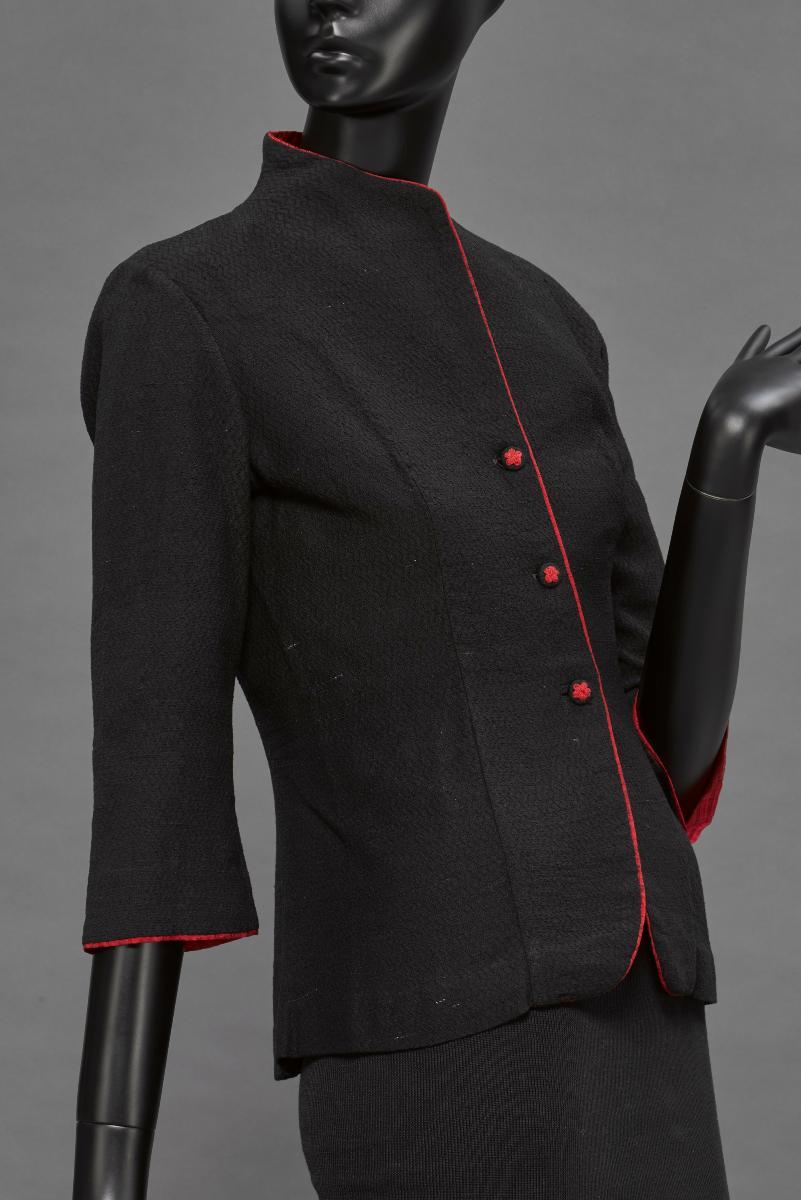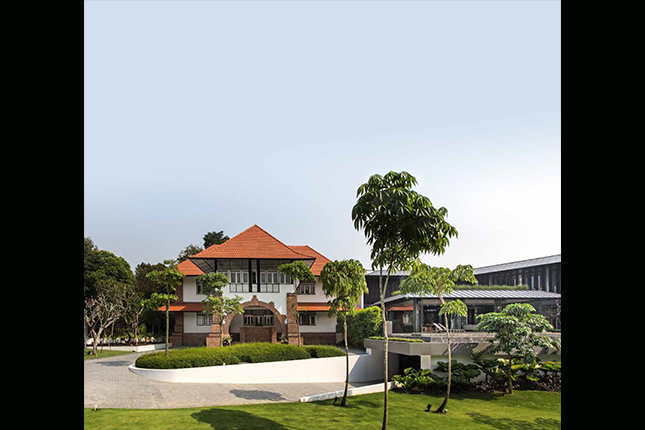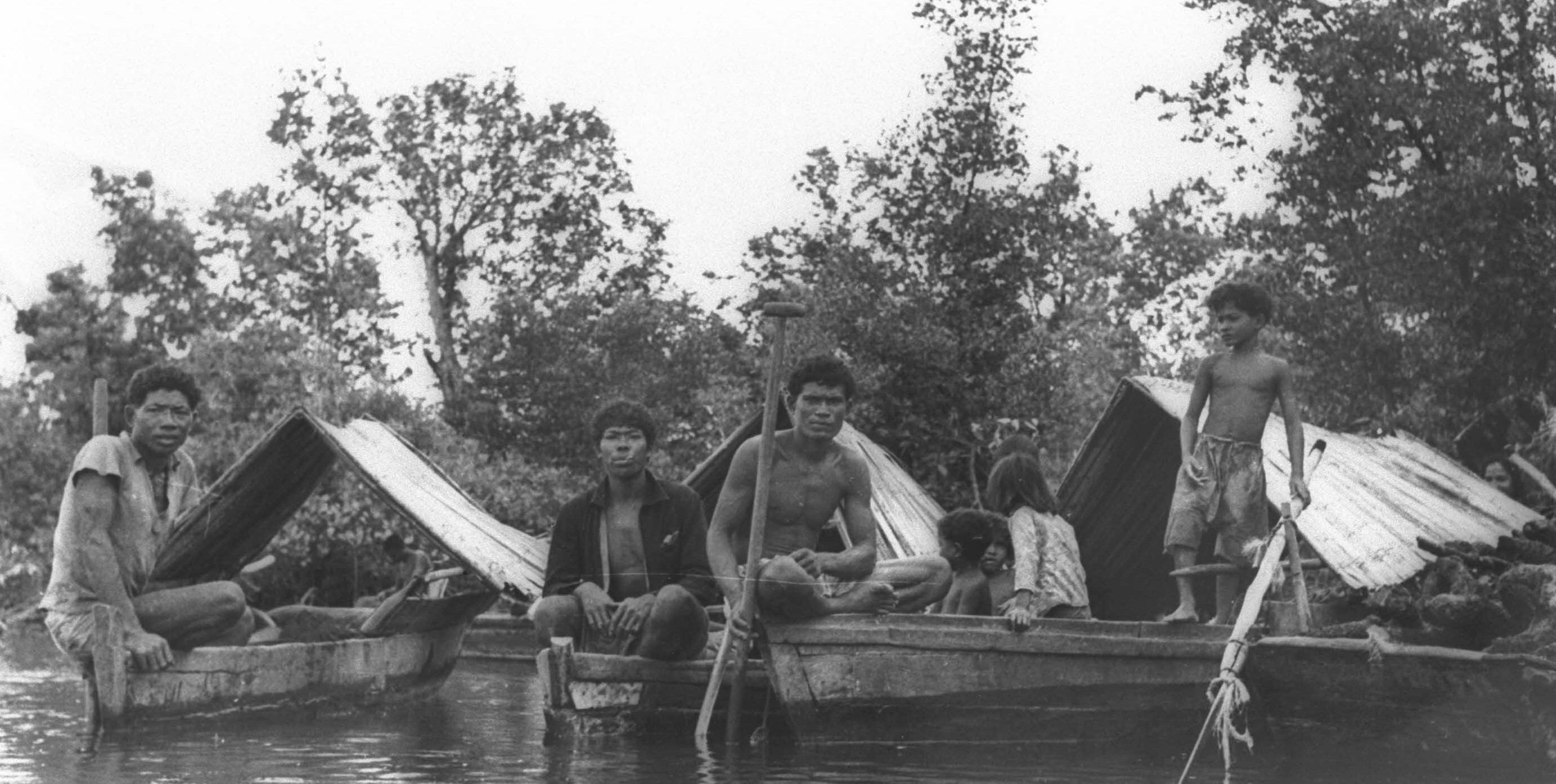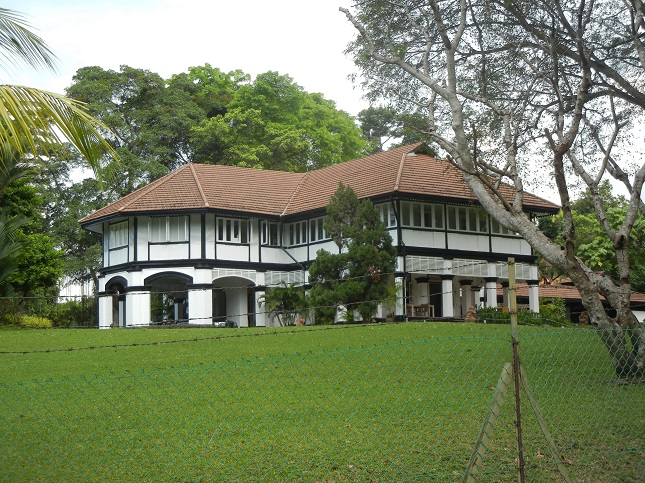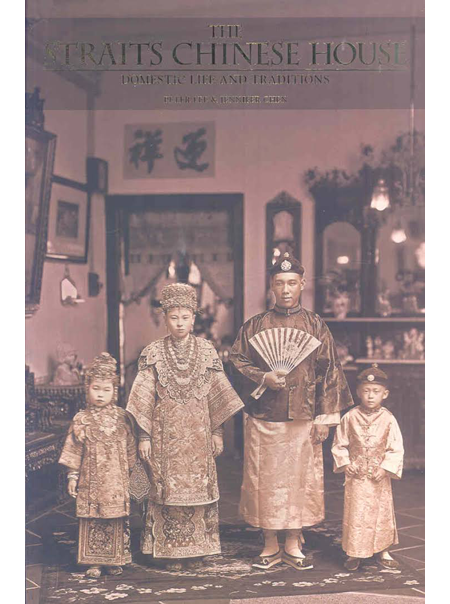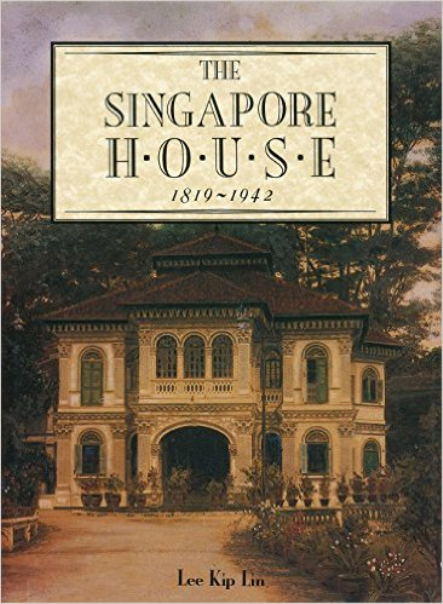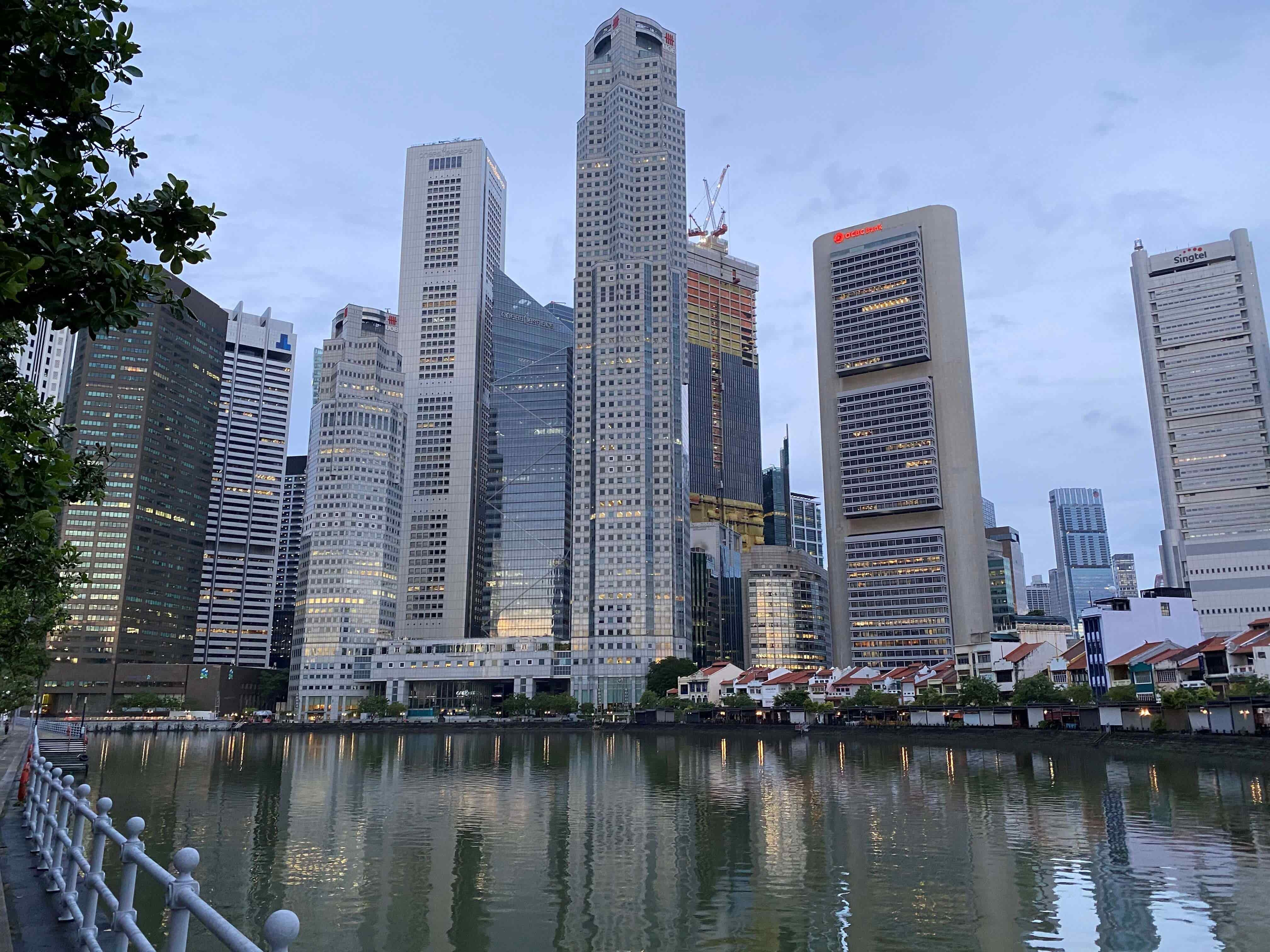TL;DR
Typically situated in lush, wooded environments, and occasionally overlooking valleys, the black and white bungalows of Singapore are a legacy of the island’s colonial past. Built between 1903 and 1941, these stately residences were typically occupied by the well-heeled.
Notes
1 https://www.pmo.gov.sg/-/media/PMO/Newsroom/Files/Media-Release/MC_Report_38_Oxley_Road_Annex_B.ashx
The bungalow was introduced to Singapore and Malaya by the British in the 19th century when the British East India Company was in power in the region. The type of bungalow that was introduced to Singapore during the time of its founding was the Anglo-Indian style bungalow.
2 Julian Davison’s Black and White: The Singapore House, 1898-1941
3 Julian Davison’s Black and White: The Singapore House, 1898-1941
4 https://www.pmo.gov.sg/-/media/PMO/Newsroom/Files/Media-Release/MC_Report_38_Oxley_Road_Annex_B.ashx
5 Julian Davison’s Black and White: The Singapore House, 1898-1941
6 https://www.ura.gov.sg/-/media/Corporate/Guidelines/Conservation/Overview-DiagramsDec2017/overviewBWBung.pdf?la=en
7 https://www.sla.gov.sg/newsroom/publications/black-and-white-our-homemade-heritage
8 Julian Davison’s Black and White: The Singapore House, 1898-1941
9 Black and White: Our Homemade Heritage, a publication by the Singapore Land Authority
10 https://www.ura.gov.sg/Conservation-Portal/Explore/History?bldgid=FRAFS
The bungalow was introduced to Singapore and Malaya by the British in the 19th century when the British East India Company was in power in the region. The type of bungalow that was introduced to Singapore during the time of its founding was the Anglo-Indian style bungalow.
2 Julian Davison’s Black and White: The Singapore House, 1898-1941
3 Julian Davison’s Black and White: The Singapore House, 1898-1941
4 https://www.pmo.gov.sg/-/media/PMO/Newsroom/Files/Media-Release/MC_Report_38_Oxley_Road_Annex_B.ashx
5 Julian Davison’s Black and White: The Singapore House, 1898-1941
6 https://www.ura.gov.sg/-/media/Corporate/Guidelines/Conservation/Overview-DiagramsDec2017/overviewBWBung.pdf?la=en
7 https://www.sla.gov.sg/newsroom/publications/black-and-white-our-homemade-heritage
8 Julian Davison’s Black and White: The Singapore House, 1898-1941
9 Black and White: Our Homemade Heritage, a publication by the Singapore Land Authority
10 https://www.ura.gov.sg/Conservation-Portal/Explore/History?bldgid=FRAFS




